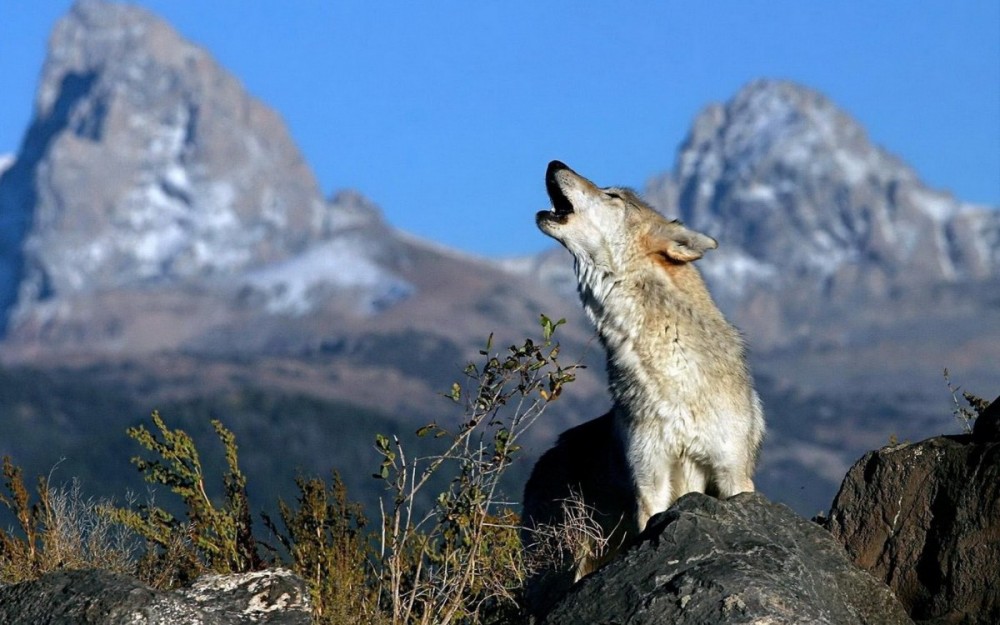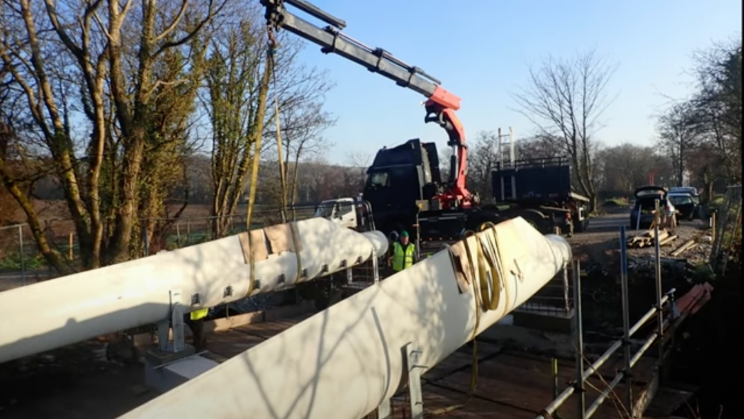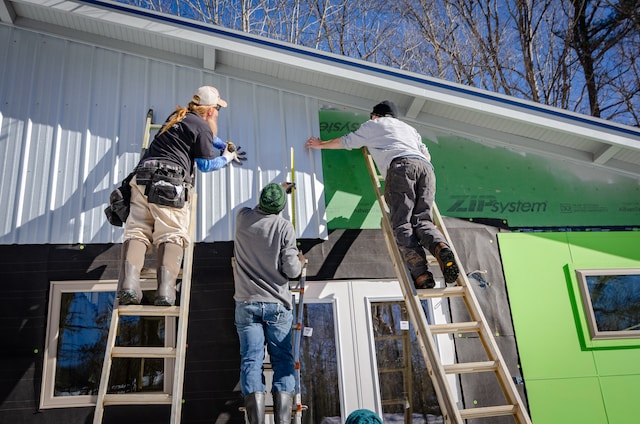A dramatic short video “How Wolves Change Rivers” comes to the conclusion that ecosystems often damaged by humans can be repaired when restored to their original composition, ie: by reintroducing certain species. In the case of Yellowstone National Park, wolves were exterminated about a century ago causing the ecosystem to go out of balance, the number of elk to boom, the vegetation and trees to plummet and more.
The story of reintroducing wolves into Yellowstone is detailed in the book “Decade of the Wolf” by Doug Smith who oversaw the reintroduction, still works in the park and is strongly supportive of the “wolf-elk-vegetation” story.
Another Perspective on Wolves in Yellowstone
The video is worth a look and its very convincing, however, some scientists who have followed up on what happened have concluded that the outcome was at least somewhat exaggerated and inaccurate. Field biologist Richard Conniff, for example, wrote a New York Times article “Maybe Wolves Don’t Change Rivers, After All.” In the New York Times piece Conniff notes:
“A few small patches of Yellowstone’s trees do appear to have benefited from elk declines, but wolves are not the only cause of those declines. Human hunting, growing bear numbers and severe drought have also reduced elk populations. It even appears that the loss of cutthroat trout as a food source has driven grizzly bears to kill more elk calves. Amid this clutter of ecology, there is not a clear link from wolves to plants, songbirds and beavers.
Still, the story persists. Which brings up the question: Does it actually matter if it’s not true? After all, it has bolstered the case for conserving large carnivores in Yellowstone and elsewhere, which is important not just for ecological reasons, but for ethical ones, too. It has stimulated a flagging American interest in wildlife and ecosystem conservation. Next to these benefits, the story can seem only a fib. Besides, large carnivores clearly do cause trophic cascades in other places.
But by insisting that wolves fixed a broken Yellowstone, we distract attention from the area’s many other important conservation challenges. The warmest temperatures in 6,000 years are changing forests and grasslands. Fungus and beetle infestations are causing the decline of whitebark pine. Natural gas drilling is affecting the winter ranges of migratory wildlife. To protect cattle from disease, our government agencies still kill many bison that migrate out of the park in search of food. And invasive lake trout may be wreaking more havoc on the ecosystem than was ever caused by the loss of wolves.
Following is the video “How Wolves Change Rivers”:







